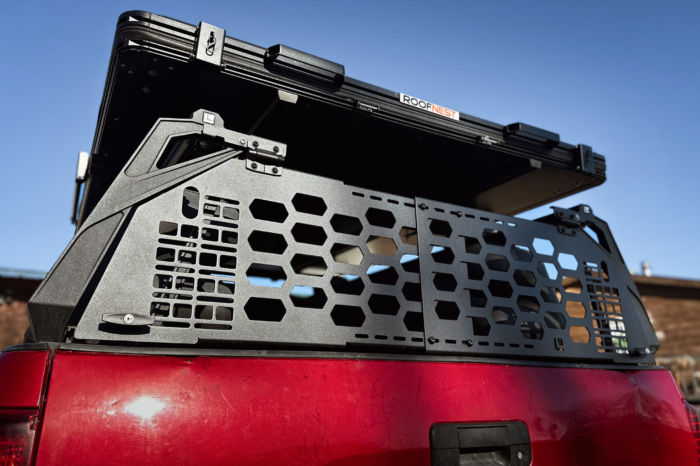On Tuesday, Goodyear recalled more than 170,000 tires made for trucks and RVs during the late 1990s and early 2000s. Federal investigators say the company knew about the problem as early as 2002.
On June 7, the National Highway Traffic Safety Association (NHTSA) announced Goodyear recalled “more than 170,000” tires it made between 1996 and 2003. The agency found that the tires produced for trucks and RVs failed more often than similar tires installed on RVs, and caused multiple deaths and injuries.
The recall comes after a prolonged investigative process that revealed Goodyear has allegedly known about the issue since 2002. The Office of Defects Investigation (ODI) found that defective G159 275/70R22.5 tires caused crashes that killed eight people and injured 69 others from 1998 through 2009.
In a scathing email to Goodyear earlier this year, ODI director Stephen Ridella pointed to a “penchant for secrecy” at the brand that exacerbated the consequences of the tires’ “extraordinary failure rate.”
“The safety-related defect is clear, identified failure that leads to a loss of vehicle control, causing crashes and potentially catastrophic consequences such as death and serious injury.”
In it, the agency requested Goodyear to recall the defective tires, based on a 5-year investigation that uncovered the damage the tires caused and Goodyear’s repeated court actions to conceal records and information related to them.
Goodyear soon refused.
NHTSA Issues Evidence, Requests Recall
The ODI began its investigation in 2017. It found the G159 275/70R22.5 tires failed at a “significantly” higher rate than peer tires at highway speeds. The ODI did conclude that the multiple fatalities and injuries mainly resulted from underinflation and overloading by RV owners.
But it also said that those conditions “are common among RV owners/operators and are foreseeable conditions by RV and tire manufacturers and thus are not a defense for Goodyear’s failure to conduct a recall.”
The tires’ performance also suffered from outdated regulations and possible mispurposing as marketed. According to the ODI, Goodyear initially marketed the tire for “start-and-stop metro-style delivery vehicles” rather than highway use. But the tires eventually became original equipment on large motorhomes.
Per regulations at the time, Goodyear rated the tire for 65 mph, which was the threshold for freeways in 1996. By 1998, though, some states started raising speed limits to 75 mph.
The NHTSA asserted that tires reach higher temperatures at higher speeds and over long hauls. And Goodyear’s research showed that the affected G159 tires could hit 200 degrees Fahrenheit at 75 mph, which “could lead to performance issues, including tread separation.” According to the letter, Goodyear found that the tires heated to “well in excess” of 200 degrees at 50 mph during tests in August 1996.
NHTSA wrote that Goodyear knew of chronic underinflation and overloading problems as early as February 1998, when it started receiving injury claims. By 2002, when it received its first death claim related to the tire, it “had reached the conclusion that the G159 was not, according to its own specifications, suitable for use in Class A (large) motorhomes.”
The letter said the company, on the other hand, did not “believe” a safety defect existed in the tires. Instead, it countered the claims by asserting that the failures resulted from “owner abuse” and maintained that “campaigns and recalls by now-defunct RV manufacturers” had already mitigated the issue.
‘Penchant for Secrecy’
The G159 275/70R22.5 tires, which the NHTSA said are “commonly found on RVs,” have been out of production since 2003. The NHTSA said the company should have recalled the tires within 5 working days of becoming aware of the defect, per federal regulations.
It presented a detailed timeline of incidents, and when Goodyear became aware of them throughout the 20+ years, the tires remained on the road. It also said the company routinely settled lawsuits and got judges to seal related information, keeping it from NHTSA and other plaintiffs’ lawyers.
“Goodyear’s penchant for secrecy undoubtedly provided an ancillary benefit in preventing injured litigants and their counsel from providing information about G159-related crashes,” the letter said. “NHTSA was not alerted to the extraordinary failure rate of the subject tires” until it did obtain documents from an Arizona case in 2017, the letter said.









